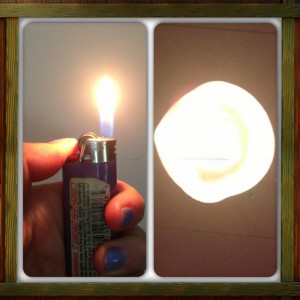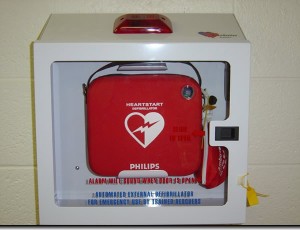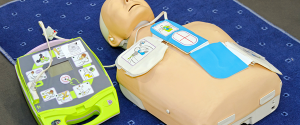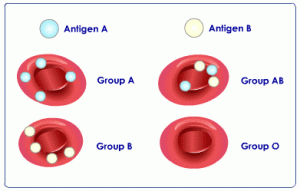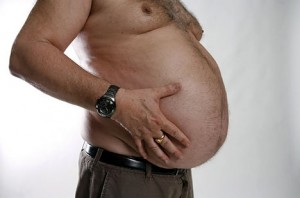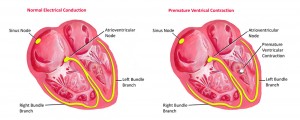I know smokers hear a mouthful from us non-smokers all the time, between the dirty looks, the coughing as we walk by, the comments that people feel the need to shout out….I get it, it’s annoying, but your habit of smoking, affects us non-smokers! We are exposed to the carcinogens that you are burning, inhaling, and then exhaling into airspace that we are also using. It seems trite, I totally get that, but you are not only exposing me as an adult, but children, animals, and other innocent people who may already have some health issues (think about a child with asthma; they should be able to walk down the street without having an increased risk of an asthma attack because someone is smoking near them). But it’s a new year, and a great time to make a commitment to yourself and to better health! If you won’t quit for anyone else, quit for you!
Why should I quit?
-443,000 people die a year from smoking related deaths, which is more deaths than from suicide, alcohol, illegal drugs, motor vehicle accidents, and murders combined!!!
– It increases your risk of lung cancer by 23 times (versus non-smokers)
– Heart disease and stroke risk increases by 2 to 4 times
– Increases you risk for other cancers: oral, larynx, skin, gums, cervix, bladder, kidneys, pancreas, stomach, esophagus….among others
– And specifically for women, smoking can cause: low weight births, stillborn births, infertility, and Sudden Infant Death Syndrome (SIDS).
AND, in case no one else has noticed, tobacco products are EXPENSIVE!! I couldn’t afford to smoke a pack or more a day.
What are the immediate benefits of quitting?
Within 12 hours of quitting, your blood oxygen levels increase back to a “normal” (pre-smoking) baseline and your carbon monoxide levels drop down to normal.
In 24 hours your chemical withdrawal symptoms will start (and will peak in 72 hours.)
Within 48 hours your nerves that have been damaged will reverse, and your sense of smell and taste will start to return.
Within 2 weeks your anxiety levels reduce (anxiety will be higher right after you quit in a response to stopping nicotine) and your blood circulation has restored to your gums and teeth.
At around 8 weeks, your risk of heart attack/disease starts to decrease significantly, and your lungs start to work better and more efficiently.
After 1 year of quitting, your risk of heart attack and stroke are at around 1/2 the risk of a smoker, and when you reach that 5 year milestone your risks are that of a non-smoker!!
The effects reverse, and your body starts feeling better so quickly after you quit, you just have to get through the cravings!
How do I quit?
Quit with a friend/buddy/significant other: it makes it easier if you keep each other in check. Or get support from help groups (1-800-QUIT-NOW, for teens Smokefree Teens, and women Smokefree Women) that can coach you through cravings, or talk to you about what you might be feeling every time you reach for that lighter and that pack of smokes.
Use nicotine replacement gum, inhalers, patches, etc and slowly wean yourself off of the nicotine so you just have to deal with changing your behavioral patterns, not the physical chemical cravings. There are also some medications and other treatments your Healthcare Practitioner (HCP) can prescribe for you, but there are quite a few side effects so you should be under the care of an HCP if you choose to take that route.
Make some lifestyle changes (just like when you are trying to lose weight) that you can stick with. If you normally smoke when you drive to work, change routes. If you light up after dinner, go for a walk, get up and do something active that will change your “smokers routine”. If you smoke when you hang out with certain people, don’t hang out with them for a while. I am NOT saying that it is easy, but it is hard work that you are putting in to make yourself healthier, and to live a life free of disease. Life is hard enough, why add medical issues that you don’t need/want to deal with? And, again….the cost just blows my mind; wouldn’t you rather buy something cool that you’ve coveted with the money you save from not smoking??
Talk to your HCP, get a baseline physical, and then a year after your successful cessation of tobacco use, and you will see a HUGE difference in your health, all for the positive.
Yours in Good Health
B

